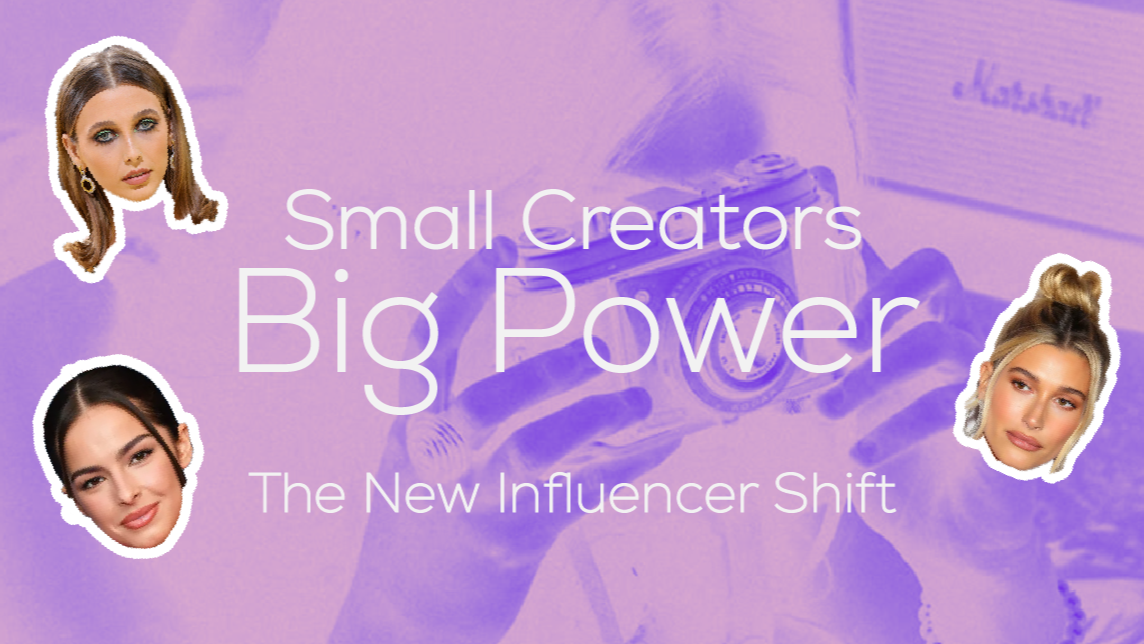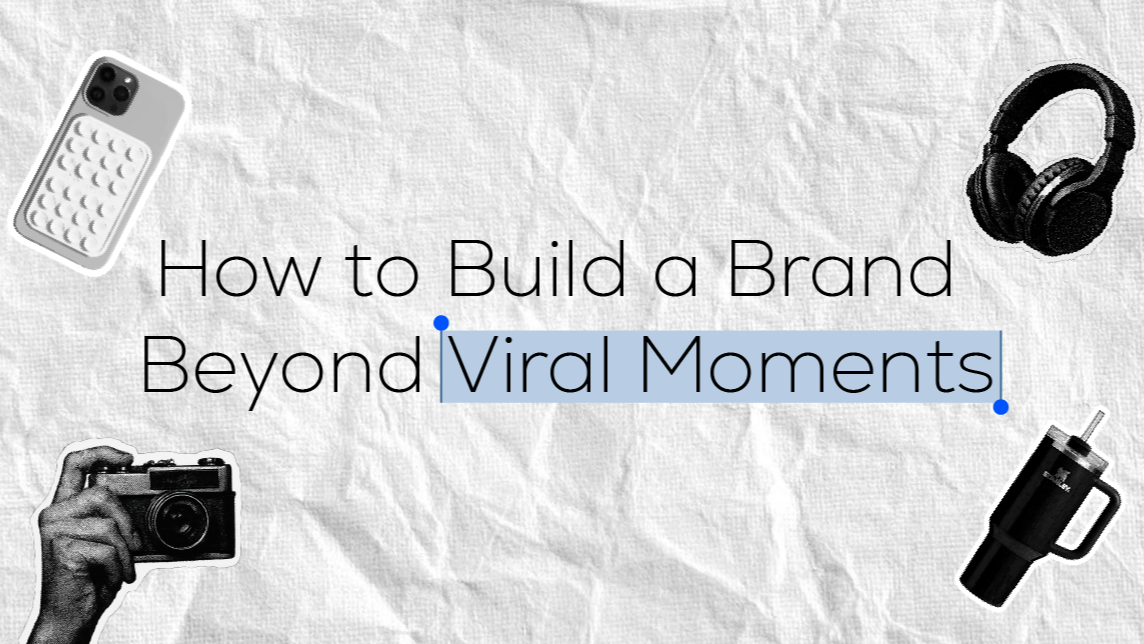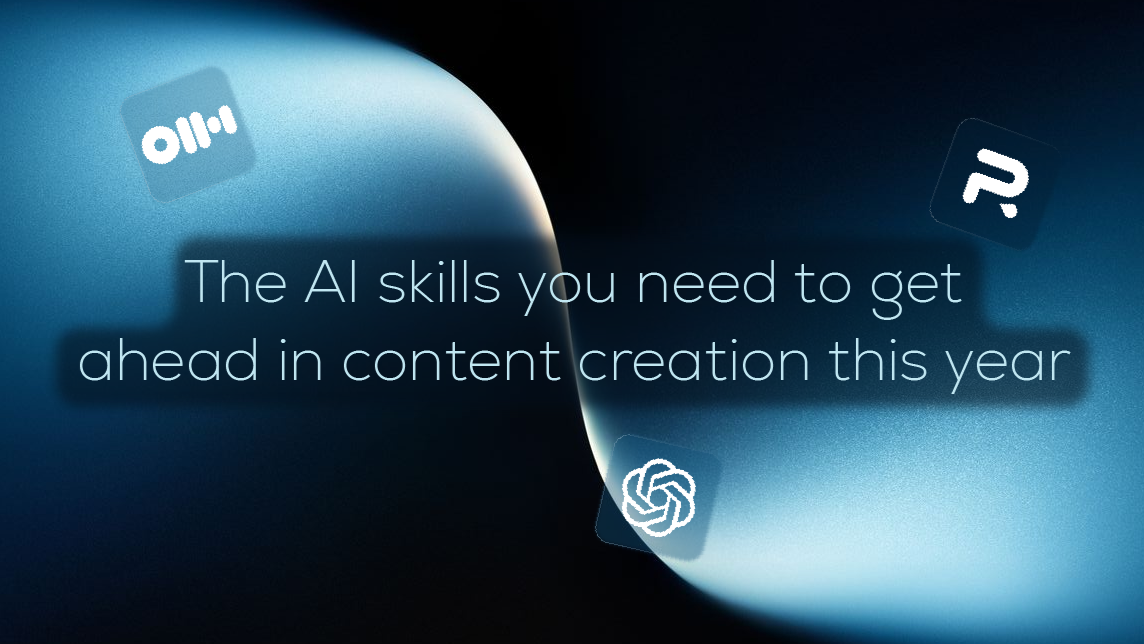The science of viral content in 2025 goes far beyond luck or timing. Content spreads because it taps into the fundamental drivers of human behavior – emotion, identity, culture, and participation. People share not just what entertains them, but what moves them, reflects who they are, or connects them to broader conversations and trends shaping society.
Understanding virality today means understanding why people click, watch, and then feel compelled to pass content along.
Viral isn’t luck; it’s human behavior in action. The most successful campaigns leverage insights from psychology and social dynamics, creating content that resonates at multiple levels. Familiarity draws people in, while a clever twist keeps them engaged. Nostalgia, humor, and relatability remain staples, but their power comes from fresh execution and relevance to the moment. In short, virality combines predictability with surprise, and content that balances both travels farther and faster.
Gap’s – “Better in Denim“ campaign leveraged music, dance, and Gen Z influencers to turn denim into a cultural moment. Its timing was critical: just before Gap’s launch, American Eagle released a controversial campaign with Sydney Sweeney that dominated social conversation. Gap capitalized on this buzz, partnering with the K-pop group: KATSEYE to create a dance challenge around denim outfits. By tapping into an ongoing trend and giving audiences a participatory format, Gap turned viewers into active contributors, remixing content and spreading it across social media.
Strategic timing, cultural relevance, and user engagement propelled the campaign far beyond traditional advertising reach, demonstrating how modern virality is engineered, not accidental.
Another standout example is Duolingo’s “Duo’s Death” campaign. In February 2025, the brand staged a theatrical narrative around the apparent “death” of its mascot, Duo the Owl. This wasn’t a typical product promotion; it made Duo the centerpiece of a story, generating curiosity and intrigue across TikTok, Instagram, and Twitter. The campaign started with cryptic posts that hinted at something dramatic, prompting speculation, memes, and user engagement.
Duolingo’s campaign perfectly illustrates key viral principles. Emotion was central: the unexpected “crisis” sparked surprise, humor, and even a touch of anxiety, compelling audiences to engage. Identity and participation played a role, as users created their own memes, theories, and remixes, effectively becoming co-creators. Cultural timing amplified the effect, with celebrities like Dua Lipa resharing content, leveraging social proof to expand reach further. Strategically, the campaign balanced familiarity and surprise: audiences knew Duo as a friendly mascot, but the “death” twist flipped expectations. Platform mechanics, especially TikTok’s algorithm, amplified engagement loops, creating a self-propelling cycle of sharing, commenting, and remixing that far exceeded what traditional advertising could achieve.
Beyond these examples, the 2025 landscape shows that technology, data, and community are key drivers of virality. Short-form video, AI-generated content, and interactive formats like AR / VR reshape how audiences consume and share. Data insights allow brands to predict patterns of engagement, while participatory campaigns transform viewers into storytellers. Social relevance and purpose amplify reach, with content that aligns with values like sustainability, diversity, or inclusion creating higher engagement because it allows audiences to signal their beliefs publicly.
In the end, virality in 2025 is not magic – it is strategy, design, and human behavior in action. The content that moves emotionally, resonates culturally, invites participation, and leverages technology spreads faster, deeper, and more meaningfully than any media budget ever could. Brands that understand and apply these principles can create moments that aren’t just seen, but experienced, remixed, and remembered.
That’s where Brandfluence comes in. We believe content should do more than fill a feed – it should feel personal, relevant, and worth sharing. By merging psychology, creativity, and strategy, we help brands build campaigns that audiences don’t just watch, but actively engage with, remix, and spread. When people see themselves in your story, they carry it further than any ad spend ever could.
If your brand is ready to stop chasing virality and start engineering it, let’s create content that turns attention into engagement, and engagement into momentum.







